#StartupSamskritam #1
— \u092a\u094d\u0935\u093e\u0932\u0903 \u0964 pvaal (@pvaal2) October 27, 2018
You want to learn Samskritam. Diver deeper into Bharatiya culture and Dharma. You are busy. Can I learn Samskritam? YES \u2013 it is QUICK and it is EASY.
How long will it take? 6 months to become familiar. 1 year to read comfortably and follow conversations.
सूत्रसूत्रम्। Thread of Threads 😁
संस्कृतपठनार्थं कानिचन सूत्राणि अत्र स्थापयामि।
Creating a master thread to help सहृदयाः find relevant Samskrita threads
जयतु संस्कृतम्। जयतु भारतम्।
Starts with the most important thread:
HOW TO START LEARNING SAMSKRITAM ?
Learn Samskritam through \u092a\u094d\u0930\u093e\u0926\u0947\u0936\u093f\u0915\u092d\u093e\u0937\u093e
— \u092a\u094d\u0935\u093e\u0932\u0903 \u0964 pvaal (@pvaal2) April 1, 2020
\u0967. Hindi
Sanskrit Svayam Shikshak by Shri. Satvalekar. In Hindi - well designed.
Part1https://t.co/AIRtCo5AS2
Part2 &3https://t.co/Sbp9uZg16j
Youtube videos Pravesha course via \u0938\u0902\u0938\u094d\u0915\u0943\u0924\u092d\u093e\u0930\u0924\u0940https://t.co/dCVnQ6dovg
A comprehensive, downloadable list of all Samskrita text books from Indian School / State boards https://t.co/PtcblyzeIy
Sanskrit textbooks from State Boards can be a useful source. I have collected textbooks from VI - XII std from 13 state boards (NCERT, CBSE, KA, KL, TN, TG/AP, RJ, GJ, MP, CG, OR, MH & NIOS) at https://t.co/ajnhVfht7b@pvaal2 @yaajushi @archan_dave @Madame_Micawber @rivalslayer
— R. (@_PrasadR) October 27, 2018
Tools / Apps for the \u0938\u0902\u0938\u094d\u0915\u0943\u0924 Student
— \u092a\u094d\u0935\u093e\u0932\u0903 \u0964 pvaal (@pvaal2) April 30, 2020
\u0967 Dictionarieshttps://t.co/pwepHrtBz7
Simultaneously search 30+ dictionarieshttps://t.co/nZvu030kOE
Detailed expert searchhttps://t.co/2CRNxEyJn3
For offline dictionary apps https://t.co/9wza4uhhOa
How do I understand the various लकाराः ? https://t.co/0tl2I6jU2M
\u0932\u0915\u093e\u0930\u093e\u0903 \u0964 Lakaras\u0964 \u2018VERB\u2019 usages in Samskritam
— \u092a\u094d\u0935\u093e\u0932\u0903 \u0964 pvaal (@pvaal2) May 28, 2019
For a beginner, Lakaras can be utterly confusing. Ask me!
Unless you are a lucky beginner, you go through months of \u2018\u0932\u0915\u093e\u0930\u2019 confusion till it all slowly clears up. Then you wonder-\u2018what was that all about\u2019?
But it needn\u2019t be so..
Problem1:You know what you want to say. Your ideas are complex, clauses are nested & you appreciate nuance. But you sure as heck don\u2019t know how to convey all that in Samskritam
— \u092a\u094d\u0935\u093e\u0932\u0903 \u0964 pvaal (@pvaal2) January 19, 2019
All you can manage to write are sentences like \u2018Rama reads\u201d, \u201cI go to temple\u201d & \u201cMy name is Kalidasa\u201d!
What is \u0938\u0928\u094d\u0927\u093f\u0903 (Sandhi) ? When does \u0938\u0928\u094d\u0927\u093f\u0903 happen?
— \u092a\u094d\u0935\u093e\u0932\u0903 \u0964 pvaal (@pvaal2) December 16, 2019
\u0938\u0902\u0939\u093f\u0924\u093e\u092f\u093e\u0902 \u0938\u0924\u094d\u092f\u093e\u0902 \u0935\u0930\u094d\u0923\u0935\u093f\u0915\u093e\u0930\u0903\u0964
So what is VarnavikaraH?
Excellent intro from @VyomaLabs pic.twitter.com/4DAahIXPZu
How to decode \u0938\u0902\u0938\u094d\u0915\u0943\u0924 shlokas?
— \u092a\u094d\u0935\u093e\u0932\u0903 \u0964 pvaal (@pvaal2) January 17, 2021
The process is called \u0905\u0928\u094d\u0935\u092f\u0903
The natural order/connection of words in a sentence, reflecting grammatical order or relation - \u092a\u0926\u093e\u0928\u093e\u0902 \u092a\u0930\u0938\u094d\u092a\u0930\u093e\u0915\u093e\u0919\u094d\u0915\u094d\u0937\u093e \u092f\u094b\u0917\u094d\u092f\u0924\u093e \u091a\u0964
Once you learn basics of \u0938\u0902\u0938\u094d\u0915\u0943\u0924\u092e\u094d, Anvaya knowledge is critical to your progress\U0001f44d\U0001f3fc
What causes न to change to ण? https://t.co/J9XFfAhgfK
Rules for \u0923\u0924\u094d\u0935\u092e\u094d\u0964
— \u092a\u094d\u0935\u093e\u0932\u0903 \u0964 pvaal (@pvaal2) July 13, 2020
Why is it \u0930\u093e\u092e\u0947\u0923 & not \u0930\u093e\u092e\u0947\u0928? Why \u0917\u0923\u0947\u0936\u0947\u0928 & not \u0917\u0923\u0947\u0937\u0947\u0923 ?
\u0928\u2014>\u0923 - A quick intro https://t.co/4Pkevv74uD
\u0928\u093f\u092a\u093e\u0924\u0903 \u0964 Particles
— \u092a\u094d\u0935\u093e\u0932\u0903 \u0964 pvaal (@pvaal2) May 5, 2021
\u091a\u093e\u0926\u092f\u094b\u093d\u0938\u0924\u094d\u0935\u0947 \u0967\u0964\u096a\u0964\u096b\u096d
The members of the \u2018\u091a\u093e\u0926\u093f\u0917\u0923\u2019 are termed \u2018Nipata\u2019 whenever they do not signify \u2018dravya\u2019 {substances}
Nipatas are commonly used in daily \u0938\u0902\u0938\u094d\u0915\u0943\u0924\u092e\u094d\u0964 They are \u0905\u0935\u094d\u092f\u092f\u092e\u094d\u0964
\u091a\u093e\u0926\u093f\u0917\u0923 because the list starts off thusly \u091a \u0964 \u0935\u093e \u0964 \u0939 \u0964 \u0905\u0939 \u0964 \u090f\u0935......
\U0001f447 pic.twitter.com/8mZNfAZrIp
Let us take \u201cEngine\u201d
— \u092a\u094d\u0935\u093e\u0932\u0903 \u0964 pvaal (@pvaal2) May 13, 2021
\u0938\u0902\u0938\u094d\u0915\u0943\u0924\u0947 \u092f\u0928\u094d\u0924\u094d\u0930\u092e\u094d \u0907\u0924\u093f\u0964\u0909\u092a\u0915\u0930\u0923\u092e\u094d, \u0938\u093e\u0927\u0928\u092e\u094d, \u0935\u093f\u0932\u093e\u0932\u0903 \u0905\u092a\u093f\u0964
\u092f\u0928\u094d\u0924\u094d\u0930\u092e\u094d is derived etymologically through 2 routes - one through Unadi Sutra & other through \u2018normal\u2019 route
What are these approaches?
What is Unadi Sutra?
Why is it useful? https://t.co/V1QNwVYiXL
What does naturally spoken Samskritam sound like ? What should we aspire to ? https://t.co/GzcJgAxPDo
A wonderful example of technical argumentation in Samskritam
— \u092a\u094d\u0935\u093e\u0932\u0903 \u0964 pvaal (@pvaal2) June 15, 2020
The language used is nuanced & brilliant, yet understandable to \u0938\u0902\u0938\u094d\u0915\u0943\u0924\u092e\u094d students
For folks used to Greek/Roman logic & philosophy, Nyaya & Mimamsa debates provide a brilliant counterpoint
Shri K S Maheshwaran\U0001f64f\U0001f3fc pic.twitter.com/NC3nRFUwAk
Movies & songs that showcase beauty & power of Samskritam https://t.co/tf4djJyY5D
How do we expand the role of Samskritam in \u092d\u093e\u0930\u0924\u0940\u092f Popular Culture?
— \u092a\u094d\u0935\u093e\u0932\u0903 \u0964 pvaal (@pvaal2) June 2, 2019
Apart from our texts, literature and art, how do we incorporate Samskritam in songs, movies, cartoons, social media and the like?
To explore this important topic, collating the use of \u0938\u0902\u0938\u094d\u0915\u0943\u0924\u092e\u094d in movies here...
\u0938\u0902\u0938\u094d\u0915\u0943\u0924-\u0928\u093e\u091f\u0915\u093e\u0928\u093f\u0964 Samskrita Stage Production
— \u092a\u094d\u0935\u093e\u0932\u0903 \u0964 pvaal (@pvaal2) June 4, 2021
Samskritam has one of the largest repositories of Drama & stage productions. Right from \u092d\u0930\u0924\u092e\u0941\u0928\u093f\u0903 who wrote \u0928\u093e\u091f\u094d\u092f\u0936\u093e\u0938\u094d\u0924\u094d\u0930\u092e\u094d, the treasures within \u0938\u0902\u0938\u094d\u0915\u0943\u0924\u092e\u094d is amazing
Here is a collation of traditional & modern \u0928\u093e\u091f\u0915\u093e\u0928\u093f in \u0938\u0902\u0938\u094d\u0915\u0943\u0924\u092e\u094d\u0964
This is a wonderful & exhaustive list of books & resources for a Samskrita student on Telegram https://t.co/mRhbihSTH4
Telegram channel that contains a good conglomeration of all relevant resources on Sanskrit.
— Indian History (@IndianHistory0) May 21, 2021
I feel it is important to collate all good resource material in one channel for easy referential access. Join the channel if you are interested in Sanskrit.https://t.co/Xn9X28CUTh
For a simple [English introduction] to Samskrita Grammar, \u201cEnjoyable Sanskrit Grammar (Vol 1-3) by Brahmacharini Medha Michika @medha_michika is highly recommended
— \u092a\u094d\u0935\u093e\u0932\u0903 \u0964 pvaal (@pvaal2) June 14, 2020
This is NOT a detailed text book - but the key topics are covered in simple, but enjoyable fashion
Vol 1 pic.twitter.com/fkfH5t0P9U
Can you truly appreciate the Samskrita classics in English ? https://t.co/Hseq2ytT0Q
Anyone who reads the original and the available English translations can see the difference - chalk & cheese
— \u092a\u094d\u0935\u093e\u0932\u0903 \u0964 pvaal (@pvaal2) February 29, 2020
As I mentioned earlier, one might as well drink kerosene consoling onself that it is indeed fine wine...
Example 1 : Meghadutam by Kalidasa - 3 versions https://t.co/Iqbi190CCl
A common misconception! Our ancestors were scientists/artists of the highest level
— \u092a\u094d\u0935\u093e\u0932\u0903 \u0964 pvaal (@pvaal2) January 16, 2019
The basic concept of \u091b\u0928\u094d\u0926\u0938\u094d deployed across multiple domains incl. architecture inform the fractal forms thus reflecting the universal \u092d\u093e\u0930\u0924\u0940\u092f vision of \u0938\u0924\u094d-\u091a\u093f\u0924\u094d-\u0906\u0928\u0928\u094d\u0926\u0903https://t.co/305shfPK3J https://t.co/vLagmMVQpO
Chandas, Alankara & introduction to Kavyas https://t.co/dzO0WvAkbl
Started going through \u201cCroaking Frogs\u201d by Les Morgan & R K Sharma
— \u092a\u094d\u0935\u093e\u0932\u0903 \u0964 pvaal (@pvaal2) June 20, 2020
\u092c\u0939\u0941 \u0938\u092e\u0940\u091a\u0940\u0928\u092e\u0938\u094d\u0924\u093f\u0964
One of those rare English books on \u0938\u0902\u0938\u094d\u0915\u0943\u0924\u092e\u094d that you can recommend (caveats apply though \U0001f60e)
Covers both \u091b\u0928\u094d\u0926\u0938\u094d & \u0905\u0932\u0919\u094d\u0915\u093e\u0930
Taking a predominantly \u092d\u093e\u0930\u0924\u0940\u092f\u0935\u0940\u0915\u094d\u0937\u0923\u092e\u094d, this is immensely readable\U0001f44d\U0001f3fc pic.twitter.com/HG17ZAX66Y
Why do we need to mug up the dreaded Vibhakti tables ?
Why रामः रामौ रामाः ?
Vibhaktis are absolutely brilliant - here is why !
👇 https://t.co/2MDHmQIXkL
\u0935\u093f\u092d\u0915\u094d\u0924\u093f\u0903\u0964
— \u092a\u094d\u0935\u093e\u0932\u0903 \u0964 pvaal (@pvaal2) July 1, 2021
Why we NEED to mug up Vibhakti tables!
\u091c\u0902\u0917\u0932 \u0936\u093e\u092e \u0905\u0938\u094d\u0924\u094d\u0930 \u0918\u0928\u0947 \u0930\u093e\u0935\u0923 \u0938\u094b\u092e\u0935\u093e\u0930 \u092e\u0947\u0902 \u092e\u093e\u0930\u093e \u0915\u094b \u0915\u094b \u090f\u0915 \u0928\u0947 \u0930\u093e\u092e \u0938\u0947
\u0967 Unscramble this sentence!
\u0968 Also provide \u2018one correct\u2019 meaning ONLY
Even this FAMILIAR sentence takes effort to correctly bring together in Hindi!
Why? https://t.co/RShdNtjMFU
One of the great mysteries for every Samskritam student!
Both talk about विभक्तिः so why do we need both भोः ?
Here is why Karaka theory is such a revolutionary approach !
Read on https://t.co/VEPL433eZq
To answer this, need to delve into the \u0915\u093e\u0930\u0915 (KARAKA) theory- a brilliant framework to understand & analyse sentences
— \u092a\u094d\u0935\u093e\u0932\u0903 \u0964 pvaal (@pvaal2) July 3, 2021
\u0915\u094d\u0930\u093f\u092f\u093e\u0928\u094d\u0935\u092f\u093f \u0915\u093e\u0930\u0915\u092e\u094d \u0907\u0924\u094d\u092f\u0941\u0915\u094d\u0924\u092e\u094d\u0964
Simply put, \u0915\u093e\u0930\u0915 are the relationship of different components of a sentence like noun, pronoun & adjectives to the VERB (action) https://t.co/ju3vTx6yjQ
⚠️ ⛔️ ☠️ मा गम्यात् अग्रे।
Does Samskritam have ‘words’ to convey certain untranslatable emotions ?
If your curiosity is such that you can’t bear living without knowing more about this critical question, अग्रे सरतु भोः।🤡
👇 https://t.co/YgnKGiDVSm
Does \u0938\u0902\u0938\u094d\u0915\u0943\u0924\u092e\u094d have \u2018bad words\u2019 ?
— \u092a\u094d\u0935\u093e\u0932\u0903 \u0964 pvaal (@pvaal2) July 12, 2021
Can they be used to convey certain untranslatable emotions?
The answer is - of course yes !\U0001f60e
However, this thread is not for everyone
\u2620\ufe0f\u2620\ufe0f\u2620\ufe0f\u0964 Read at your own risk \u0964 \u2620\ufe0f\u2620\ufe0f\u2620\ufe0f
Caveat Lector \U0001f602
To start off, \u0917\u093e\u0932\u093f itself is a Samskritam word https://t.co/SaCpkhRKKr
Who was Mallinatha Suri ?
Why is he considered the टीककारः par excellence ?
How can tikas enhance your understanding & appreciation of Samskrita Kavyas? https://t.co/0sdv7H94o5
#\u092e\u0932\u094d\u0932\u0940\u0928\u093e\u0925\u0903 https://t.co/4bp4Oj1iIw pic.twitter.com/8FsdmPstGL
— \u092a\u094d\u0935\u093e\u0932\u0903 \u0964 pvaal (@pvaal2) November 2, 2019
Hunters \u0964 \u0936\u093e\u092a\u093e\u0903 \u0964 Itihasa
— \u092a\u094d\u0935\u093e\u0932\u0903 \u0964 pvaal (@pvaal2) September 16, 2021
\xa0
A recent tweet mentioned how Western critics ignorantly claim \u2018tragedy\u2019 is absent in \u092d\u093e\u0930\u0924\u0940\u092f \u0907\u0924\u093f\u0939\u093e\u0938\u0915\u093e\u0935\u094d\u092f\u093e\u0928\u093f
Let us see if the Western claim is true
Our Itihasas are replete with examples of tragedies-innocuous events spiraling wildly out of control pic.twitter.com/7mQOB6v7qR
This is the tweet topic
— \u092a\u094d\u0935\u093e\u0932\u0903 \u0964 pvaal (@pvaal2) September 21, 2021
Hortus Malabaricus was 40 years ahead of Linnean classification & was basically compiled by vaidyas/botanists in S. India
The cognitive dissonance & embarrassment many \u092d\u093e\u0930\u0924\u0940\u092f\u093e\u0903 feel when reading a perfectly valid statement is an interesting phenomenon! https://t.co/0QnEVWsf6y
Key points as to why German Indologists wanted \u2018layers\u2019 in Mahabharatha & the failure of Western Sanskrit scholarship pic.twitter.com/bwMjvzh6tq
— \u092a\u094d\u0935\u093e\u0932\u0903 \u0964 pvaal (@pvaal2) September 23, 2021
More from All
He has been wrong (or lying) so often that it will be nearly impossible for me to track every grift, lie, deceit, manipulation he has pulled. I will use...

... other sources who have been trying to shine on light on this grifter (as I have tried to do, time and again:
Ivor Cummins BE (Chem) is a former R&D Manager at HP (sourcre: https://t.co/Wbf5scf7gn), turned Content Creator/Podcast Host/YouTube personality. (Call it what you will.)
— Steve (@braidedmanga) November 17, 2020
Example #1: "Still not seeing Sweden signal versus Denmark really"... There it was (Images attached).
19 to 80 is an over 300% difference.
Tweet: https://t.co/36FnYnsRT9

Example #2 - "Yes, I'm comparing the Noridcs / No, you cannot compare the Nordics."
I wonder why...
Tweets: https://t.co/XLfoX4rpck / https://t.co/vjE1ctLU5x

Example #3 - "I'm only looking at what makes the data fit in my favour" a.k.a moving the goalposts.
Tweets: https://t.co/vcDpTu3qyj / https://t.co/CA3N6hC2Lq





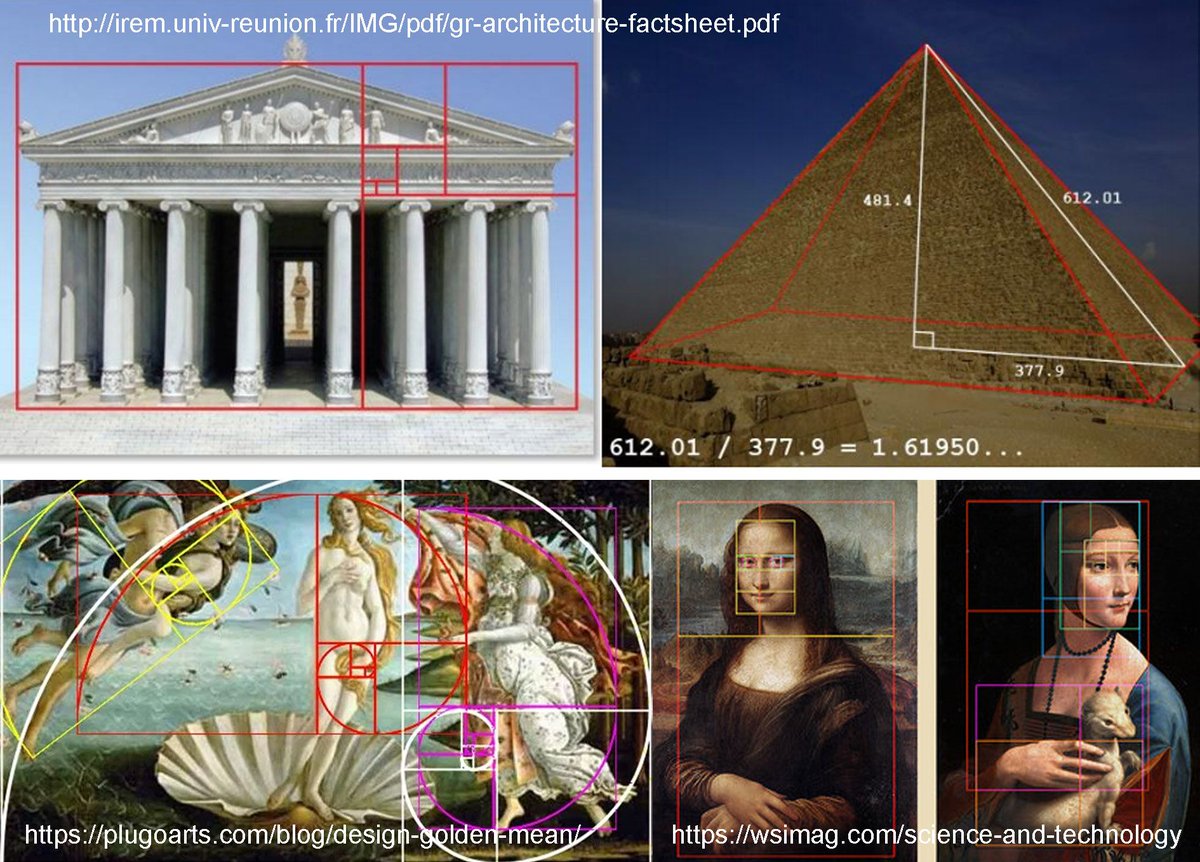
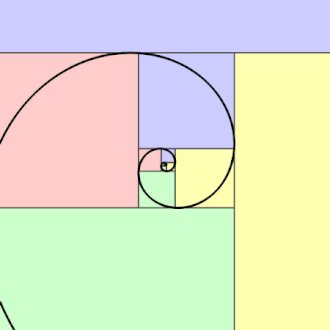
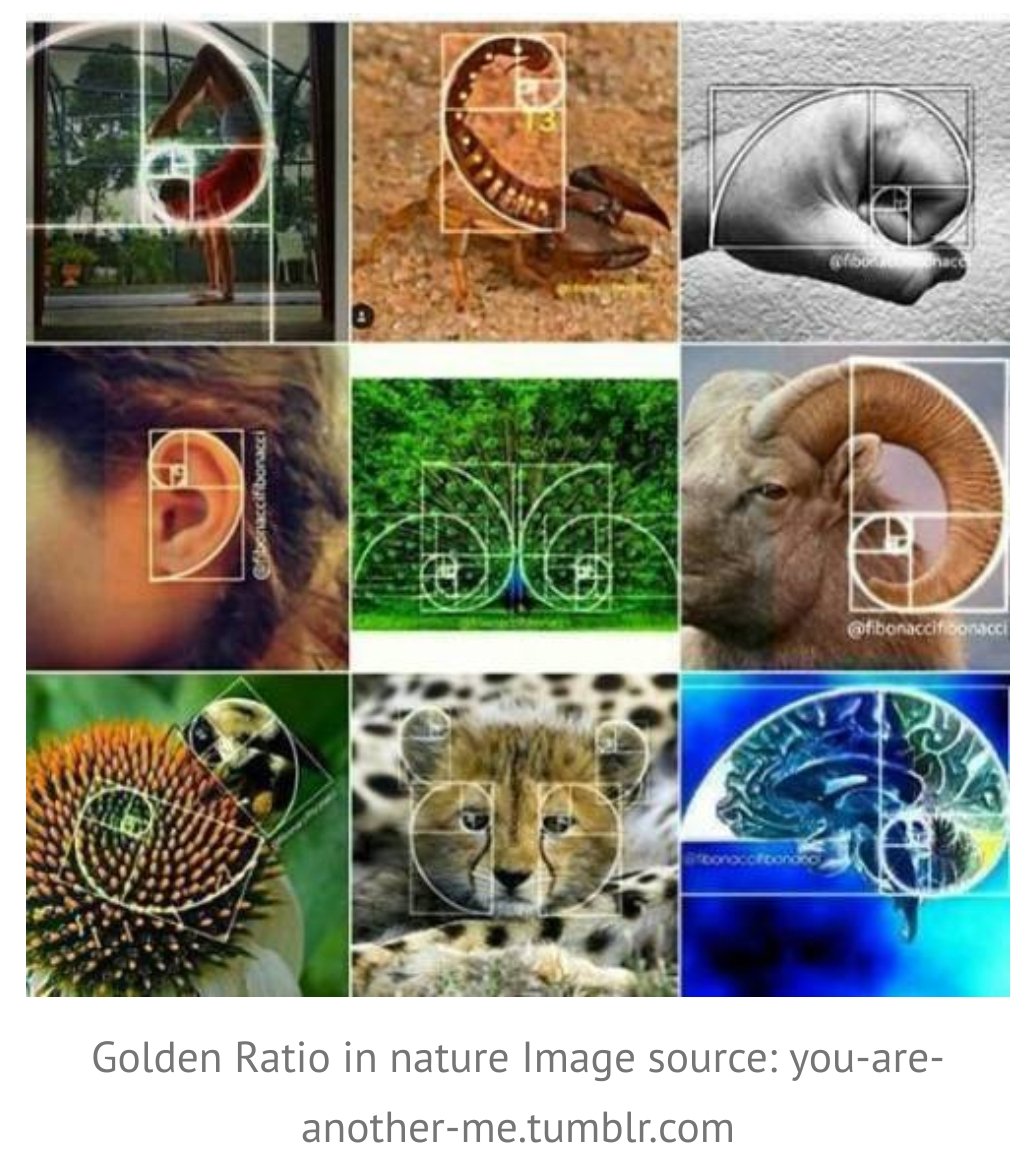
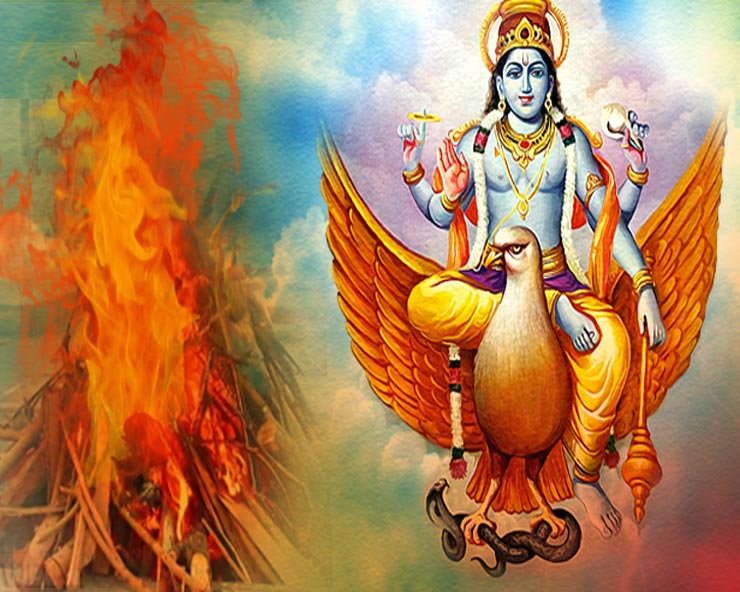
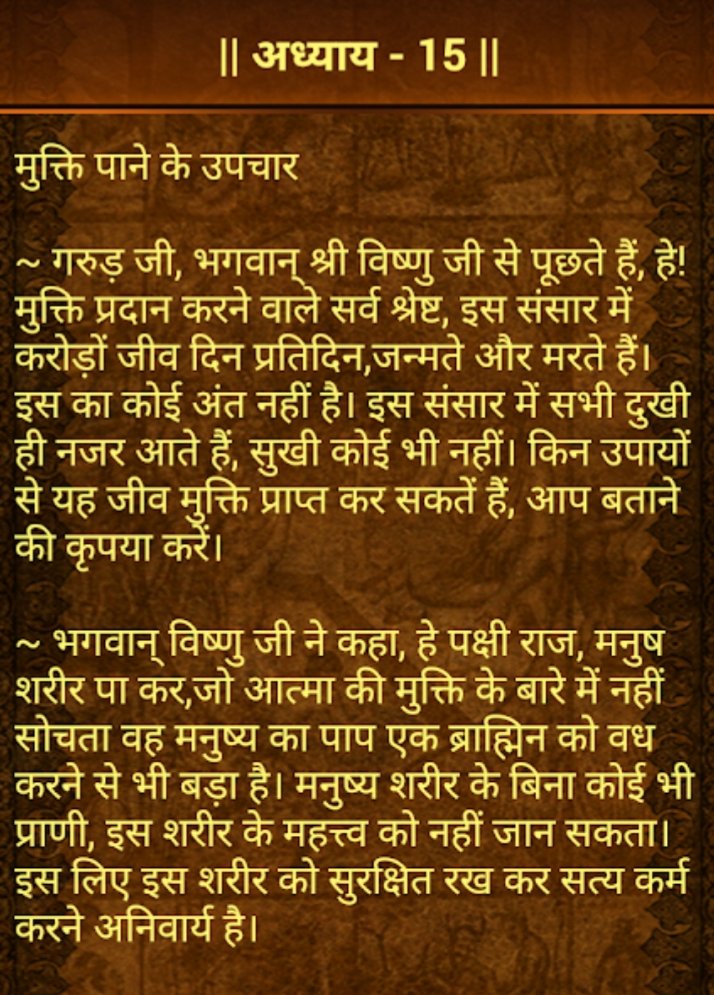




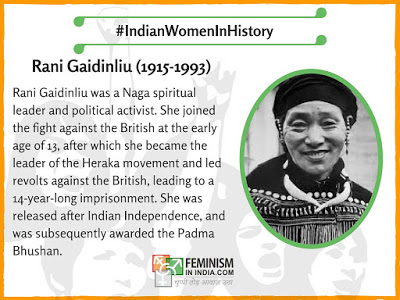
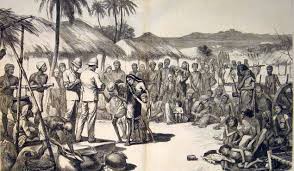
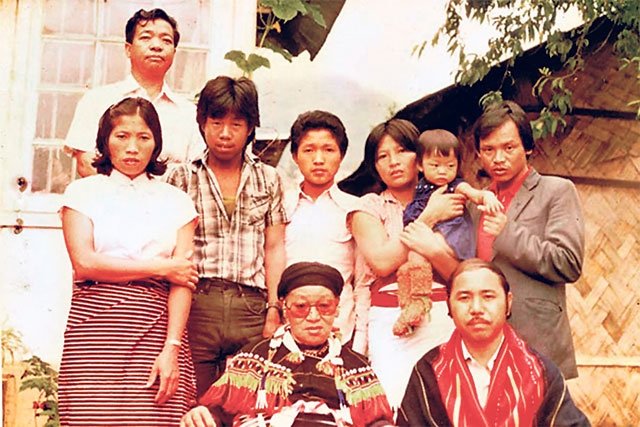
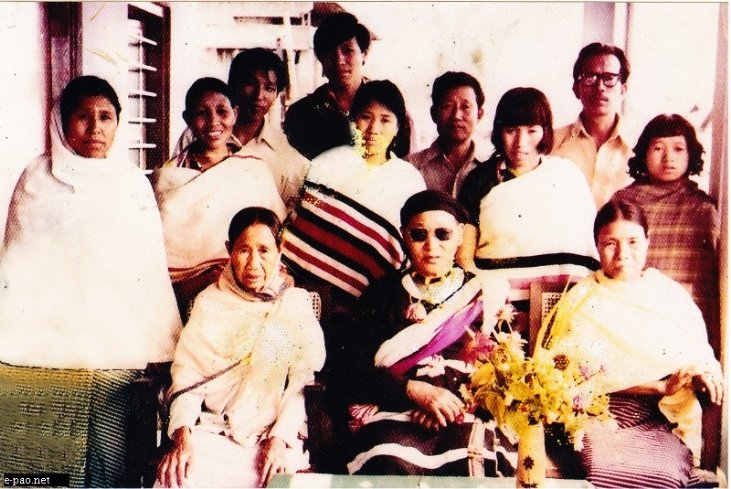
![Peter McCormack [Jan/3\u279e\u20bf \U0001f511\u220e]](https://pbs.twimg.com/profile_images/1524287442307723265/_59ITDbJ_normal.jpg)






